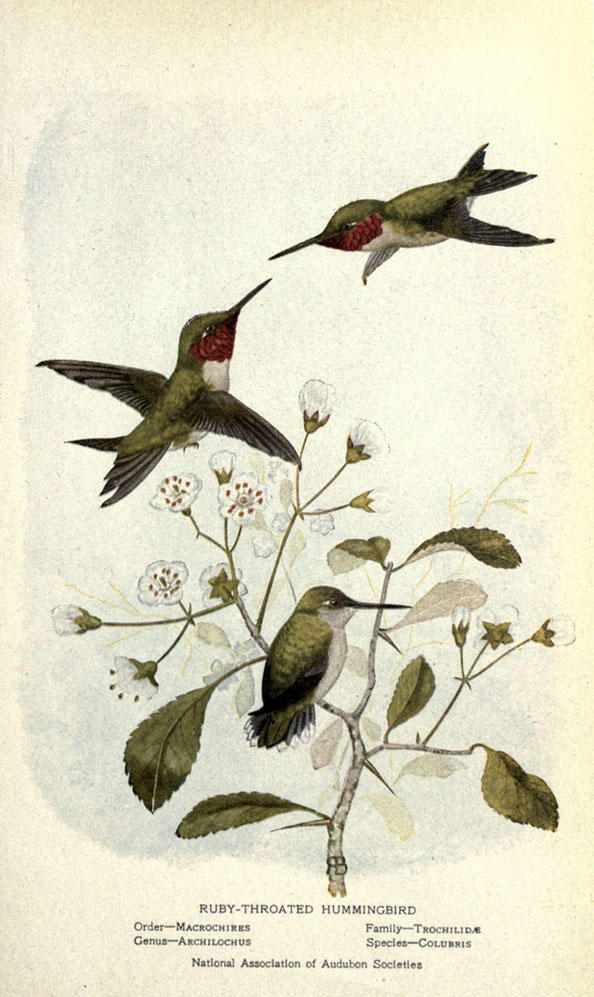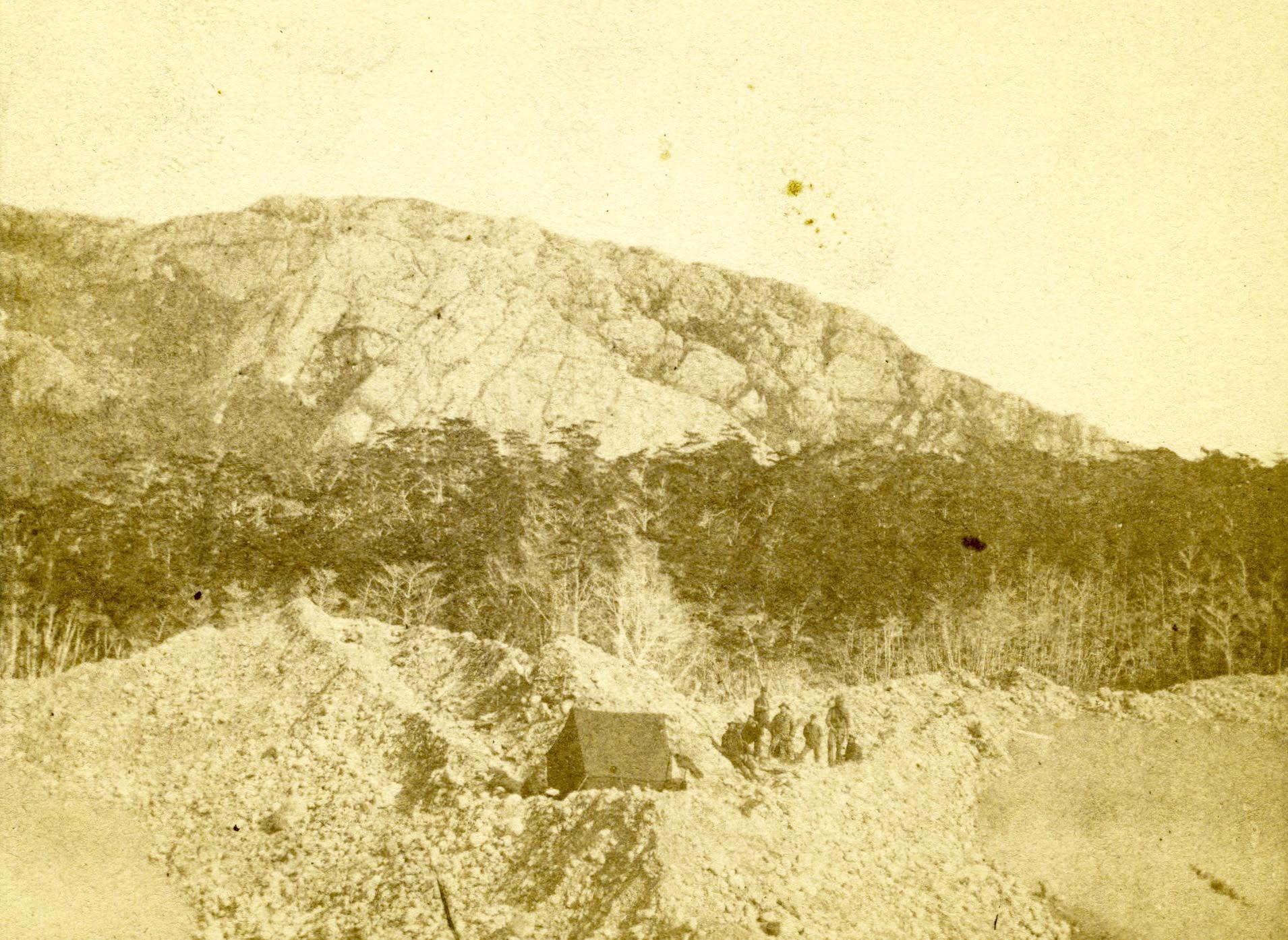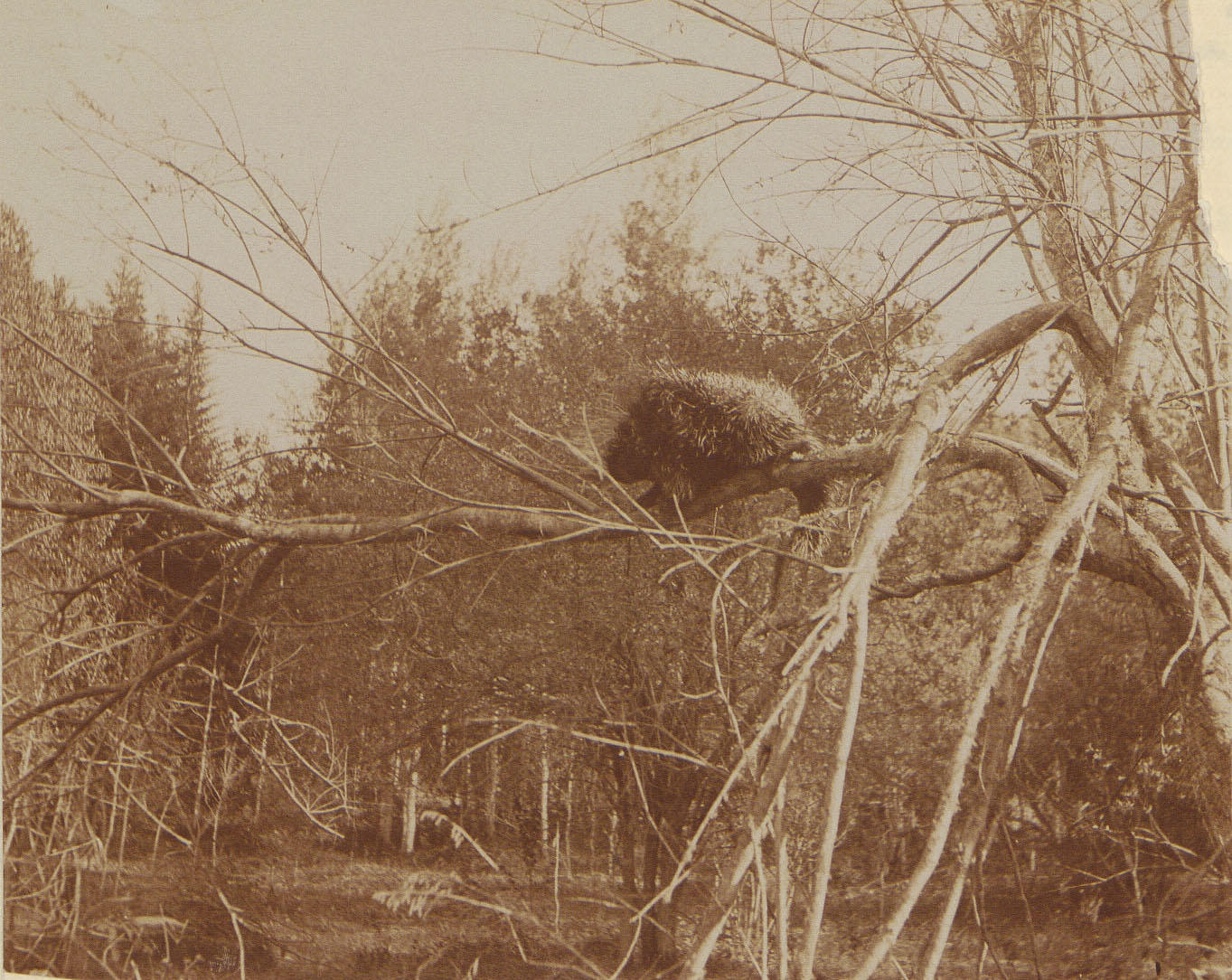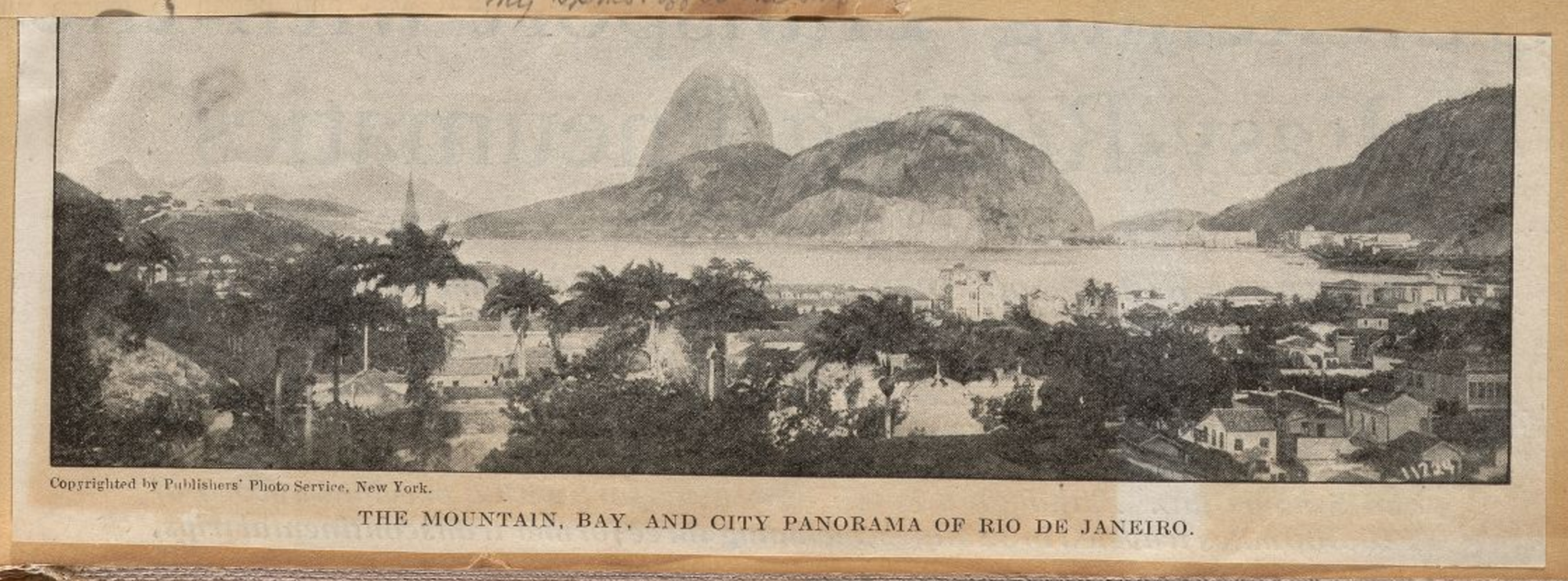- Burkhardt and Wikimedia Commons
- James Henry Blake (1845-1941)
- Andrew Garrett and the MCZ
- Celebrating Robert Gilbert
- Happy Earth Day! MCZ Image Tagging Event April 21-24, 2020
- Remote Library Resources: Tips from the Ernst Mayr Library Staff
- Transcribe William Brewster's Journals and Diaries
- BHL at Biodiversity_Next by Grace Costantino
- Pop-up exhibit Friday, October 25, 2019, 2:00-4:30pm!
- BHL at the 2019 Society for the Preservation of Natural History Collections (SPNHC) and Digital Data in Biodiversity Meetings
- Ernst Mayr Library News
- Volunteer transcribers delve into Mayr Library field notes
Filter by subject
- #BHLNDSR (7)
- Agassiz (10)
- Alexander Agassiz (2)
- Andrew Garrett (1)
- Biodiversity Heritage Library (44)
- EOL (4)
- Ernst Mayr Library (48)
- Exhibits (10)
- Graduate Students (3)
- Hassler (7)
- Hubert Lyman Clark (1)
- Jacques Burkhardt (3)
- James H. Blake (7)
- Librarian Travels (16)
- MCZ (22)
- NDSR (4)
- New Books (2)
- OEB (2)
- Ruth Dixon Turner (1)
- Special Collections & Archives (18)
- Staff Achievements (4)
- TDWG (1)
- William Brewster (23)
Blog posts by month
- September 2016 (6)
- August 2016 (3)
- July 2016 (7)
- June 2016 (3)
- May 2016 (2)
subscribe to the EML blog feed
Copyright © 2024 The President and Fellows of Harvard College | Privacy | Accessibility | Digital Accessibility | Report Copyright Infringement






